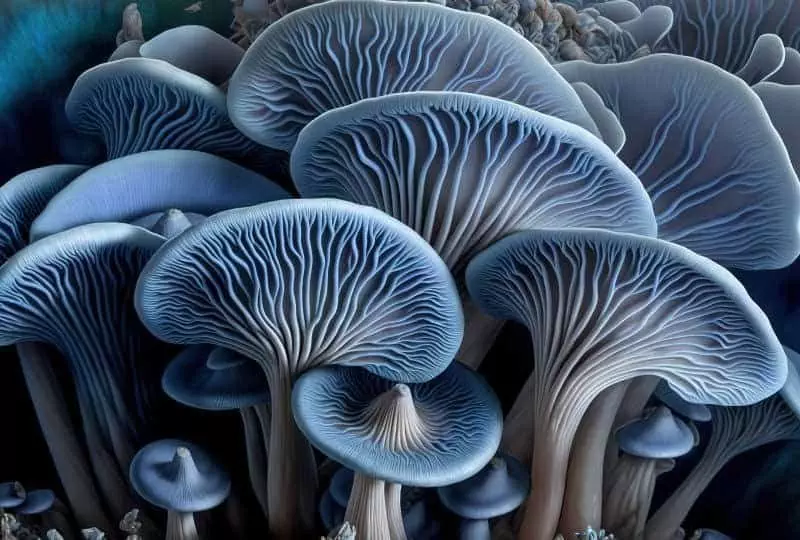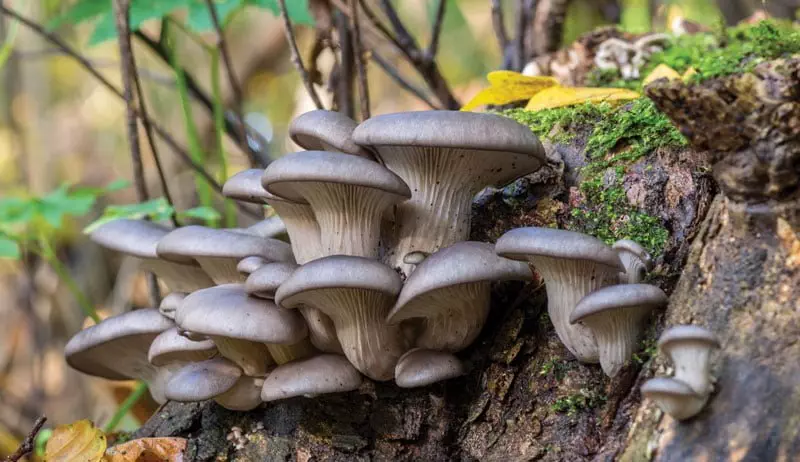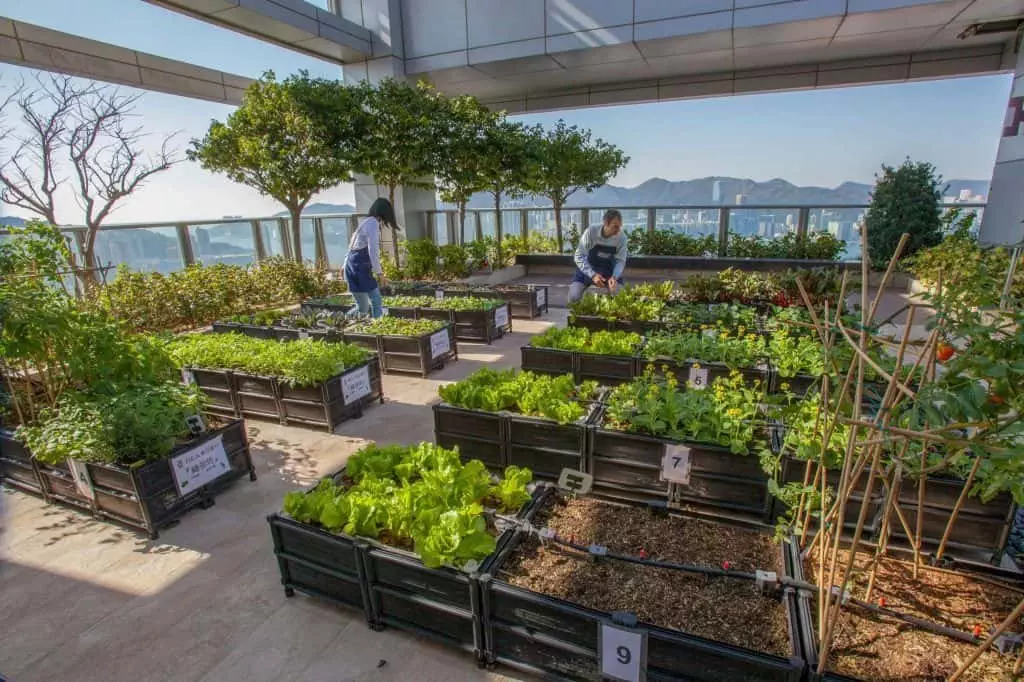To optimize oyster mushroom cultivation, maintain humidity levels around 85-90%, provide fresh air exchange to prevent CO2 buildup, and supplement substrate with nitrogen-rich supplements like coffee grounds or soybean hulls for increased yields and faster growth.
Unlocking the Secrets of Oyster Mushroom Growth: Advanced Tips for a Bountiful Harvest
Oyster mushrooms, scientifically known as Pleurotus ostreatus, are a popular choice for cultivation due to their fast growth and high yield. Understanding the life cycle of oyster mushrooms is crucial for successful cultivation.
The life cycle of oyster mushrooms begins with the spore, which is the reproductive unit of the fungus. When conditions are favorable, the spores germinate and form mycelium, which is the vegetative part of the fungus. The mycelium then colonizes the substrate, breaking down organic matter and absorbing nutrients.
As the mycelium matures, it forms primordia, which are the tiny pin-like structures that eventually develop into mature mushrooms. Finally, the mushrooms grow and produce spores, completing the life cycle.
It is important to understand the life cycle of oyster mushrooms in order to provide the optimal growing conditions at each stage of development. By understanding the needs of the fungus at each stage, cultivators can ensure a successful harvest and maximize yield. Additionally, understanding the life cycle of oyster mushrooms can help cultivators troubleshoot common issues that may arise during the cultivation process.
Creating the Ideal Growing Environment for Oyster Mushrooms
Creating the ideal growing environment for oyster mushrooms is essential for successful cultivation. Oyster mushrooms thrive in a humid environment with plenty of fresh air and indirect light. The ideal temperature for oyster mushroom cultivation is between 55-75°F (13-24°C).
It is important to maintain a consistent temperature throughout the growing process to ensure optimal growth and yield. Additionally, oyster mushrooms require high humidity levels, around 85-95%, to promote healthy mycelial growth and prevent contamination. This can be achieved by misting the growing area regularly or using a humidifier.
In terms of lighting, oyster mushrooms prefer indirect light rather than direct sunlight. Natural light from a window or fluorescent grow lights can be used to provide the necessary light for the mushrooms to grow. It is important to avoid exposing the mushrooms to direct sunlight, as this can cause them to dry out and inhibit growth. By creating the ideal growing environment for oyster mushrooms, cultivators can ensure a successful harvest and maximize yield.
Choosing the Right Substrate for Oyster Mushroom Cultivation
Choosing the right substrate for oyster mushroom cultivation is crucial for successful growth and high yield. Oyster mushrooms are known for their ability to grow on a wide range of substrates, including straw, sawdust, coffee grounds, and agricultural waste.
The choice of substrate will depend on factors such as availability, cost, and the specific requirements of the cultivator. For example, straw is a popular choice for oyster mushroom cultivation due to its high water retention and nutrient content. Sawdust, on the other hand, is a good option for indoor cultivation as it is easy to sterilize and inoculate.
It is important to prepare the substrate properly before inoculation to ensure successful colonization by the mycelium. This may involve pasteurizing or sterilizing the substrate to eliminate competing organisms and create a clean environment for the mycelium to grow.
Additionally, the substrate should be properly hydrated to provide the necessary moisture for the mycelium to thrive. By choosing the right substrate and preparing it properly, cultivators can ensure a successful harvest and maximize yield.
| Rank | Substrate | Description |
|---|---|---|
| 1 | Hardwood Sawdust | Ideal for oyster mushrooms, provides good structure and nutrition, commonly used with wheat bran or rice bran. |
| 2 | Straw | Easily available, affordable, requires pasteurization or sterilization, can be combined with supplements like gypsum. |
| 3 | Coffee Grounds | Provides nutrients, moisture, and good structure, but requires supplementation and careful sterilization. |
| 4 | Soybean Hulls | High in nitrogen, provides good structure, but may require supplementation and longer sterilization times. |
| 5 | Corn Stover | Abundant and inexpensive, requires pasteurization or sterilization, may need supplementation for optimal results. |
Each substrate has its advantages and may require specific preparation methods, but hardwood sawdust is generally preferred for its balanced nutrition and suitability for oyster mushroom cultivation.
Advanced Techniques for Inoculating Oyster Mushroom Spawn
Inoculating oyster mushroom spawn is a critical step in the cultivation process and there are several advanced techniques that can be used to improve the success rate and yield. One advanced technique is the use of liquid culture to inoculate the substrate.
Liquid culture involves growing mycelium in a nutrient-rich liquid solution, which can then be used to inoculate the substrate. This method can be more efficient than traditional grain spawn and can result in faster colonization and higher yields.
Another advanced technique for inoculating oyster mushroom spawn is the use of spawn bags or jars. Spawn bags or jars provide a sterile environment for the mycelium to grow and can be used to inoculate larger quantities of substrate.
This method is particularly useful for commercial cultivators who need to inoculate large volumes of substrate at once. Additionally, using spawn bags or jars can help prevent contamination and improve the overall success rate of the cultivation process.
Maintaining Optimal Conditions for Oyster Mushroom Growth
Maintaining optimal conditions for oyster mushroom growth is essential for a successful harvest and high yield. Once the substrate has been inoculated, it is important to monitor and maintain the growing environment to ensure that the mycelium can thrive. This includes maintaining the proper temperature, humidity, and light levels throughout the growing process. It is also important to monitor the moisture levels in the substrate and provide additional water as needed to prevent drying out.
In addition to environmental factors, it is important to monitor the substrate for signs of contamination and address any issues promptly. Contamination can occur from competing organisms such as bacteria or mold, which can inhibit the growth of the mycelium and prevent the mushrooms from forming. By maintaining optimal conditions for oyster mushroom growth, cultivators can ensure a successful harvest and maximize yield.
Troubleshooting Common Issues in Oyster Mushroom Cultivation
Despite the best efforts, cultivators may encounter common issues in oyster mushroom cultivation that can affect the success of the harvest. One common issue is contamination, which can occur from competing organisms such as bacteria or mold. Contamination can inhibit the growth of the mycelium and prevent the mushrooms from forming. To address contamination, it is important to identify the source of the issue and take steps to prevent it from spreading. This may involve adjusting the growing environment, sterilizing equipment, or using different substrates.
Another common issue in oyster mushroom cultivation is slow or stalled growth. This can occur for a variety of reasons, including improper environmental conditions, poor substrate quality, or genetic factors. To address slow or stalled growth, it is important to identify the underlying cause and take steps to correct it. This may involve adjusting the growing environment, using different substrates, or selecting different strains of oyster mushrooms. By troubleshooting common issues in oyster mushroom cultivation, cultivators can improve the success rate of their harvest and maximize yield.
Maximizing Yield through Proper Harvesting Techniques
Maximizing yield through proper harvesting techniques is essential for commercial cultivators looking to maximize their profits. Oyster mushrooms should be harvested when the caps are fully developed but before they begin to flatten out and release spores. This is typically when the caps are still curled under and the gills are not yet visible. Harvesting at the right time is important to ensure the mushrooms are at their peak flavor and nutritional value.
When harvesting oyster mushrooms, it is important to use a sharp knife to cut the mushrooms at the base of the stem. This helps to prevent damage to the mycelium and allows for new mushrooms to continue growing from the same substrate. It is also important to handle the mushrooms carefully to prevent bruising or damage, as this can affect the quality and shelf life of the mushrooms. By maximizing yield through proper harvesting techniques, cultivators can ensure a high-quality product and maximize their profits.
Enhancing Flavor and Nutritional Value in Oyster Mushrooms
Enhancing the flavor and nutritional value of oyster mushrooms is important for both commercial cultivators and home growers. Oyster mushrooms have a mild, nutty flavor and a firm texture, making them a versatile ingredient in a variety of dishes. To enhance the flavor of oyster mushrooms, they can be sautéed, roasted, or grilled to bring out their natural sweetness and depth of flavor. Additionally, oyster mushrooms can be used in a variety of cuisines, from Asian stir-fries to Italian pasta dishes, to add a unique and delicious flavor.
In terms of nutritional value, oyster mushrooms are a good source of protein, fiber, and essential nutrients such as vitamins B and D. To enhance the nutritional value of oyster mushrooms, they can be incorporated into a balanced and varied diet to provide a range of essential nutrients. Additionally, oyster mushrooms can be used as a meat substitute in vegetarian and vegan dishes, providing a healthy and sustainable source of protein. By enhancing the flavor and nutritional value of oyster mushrooms, cultivators can appeal to a wider market and increase the demand for their product.
Exploring Innovative Methods for Oyster Mushroom Cultivation
As the demand for oyster mushrooms continues to grow, cultivators are exploring innovative methods for cultivation to improve efficiency and sustainability. One innovative method is the use of vertical farming techniques to maximize space and increase yield. Vertical farming involves growing mushrooms in stacked layers, using artificial lighting and controlled environmental conditions to promote growth. This method can be particularly useful for urban cultivators with limited space and can help to increase the overall production capacity.
Another innovative method for oyster mushroom cultivation is the use of mycoremediation to clean up contaminated environments. Oyster mushrooms have the ability to break down and absorb a wide range of organic and inorganic pollutants, making them a valuable tool for environmental remediation. By exploring innovative methods for oyster mushroom cultivation, cultivators can expand their market opportunities and contribute to sustainable and environmentally friendly practices.
Tips for Scaling Up Oyster Mushroom Production for Commercial Purposes
For cultivators looking to scale up oyster mushroom production for commercial purposes, there are several tips to consider to ensure a successful and profitable operation. One tip is to invest in high-quality equipment and infrastructure to support larger volumes of production.
This may include larger growing spaces, automated climate control systems, and efficient harvesting and packaging equipment. By investing in the right equipment, cultivators can increase their production capacity and improve efficiency.
Another tip for scaling up oyster mushroom production is to establish strong relationships with suppliers and buyers to ensure a steady and reliable source of inputs and a market for the product. This may involve sourcing high-quality substrates, spawn, and packaging materials, as well as building relationships with distributors, retailers, and consumers.
By scaling up oyster mushroom production for commercial purposes, cultivators can take advantage of the growing demand for this popular and versatile mushroom and build a successful and sustainable business.
Originally posted 2024-05-25 07:58:58.





